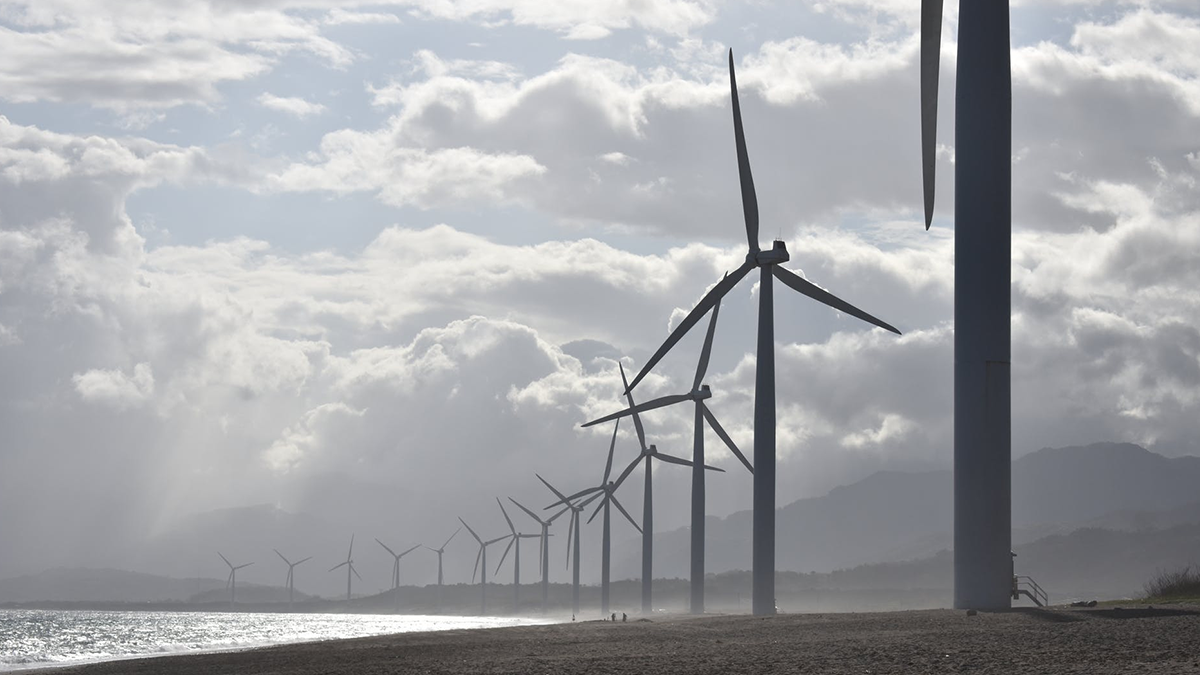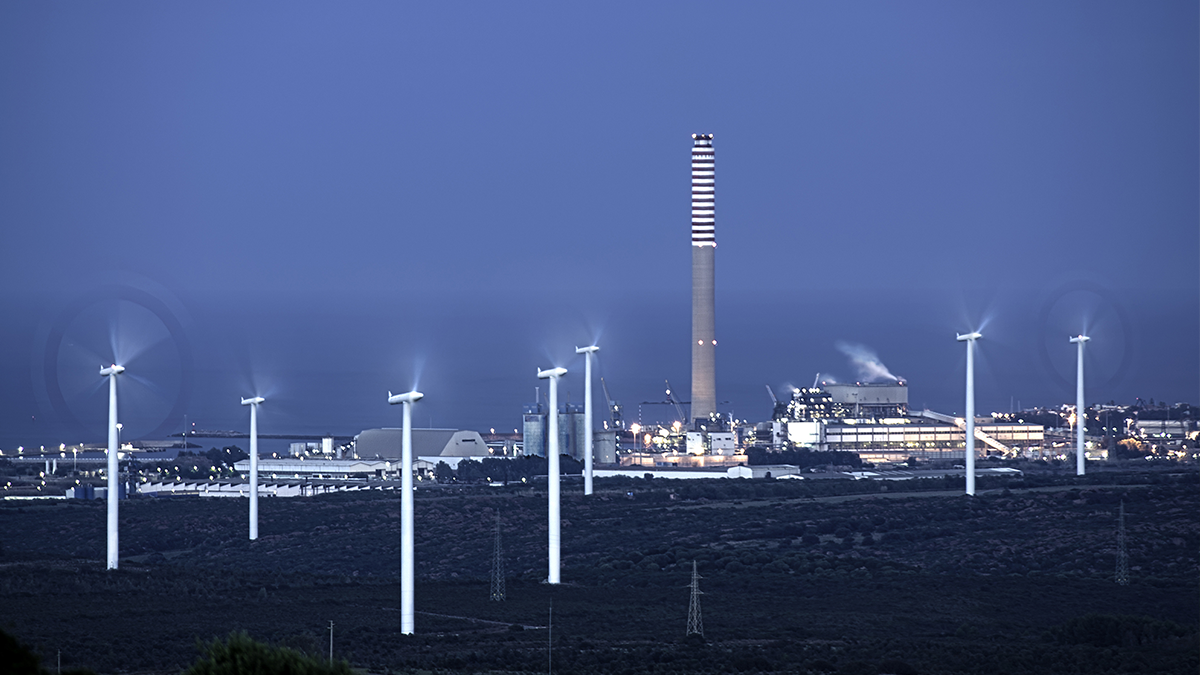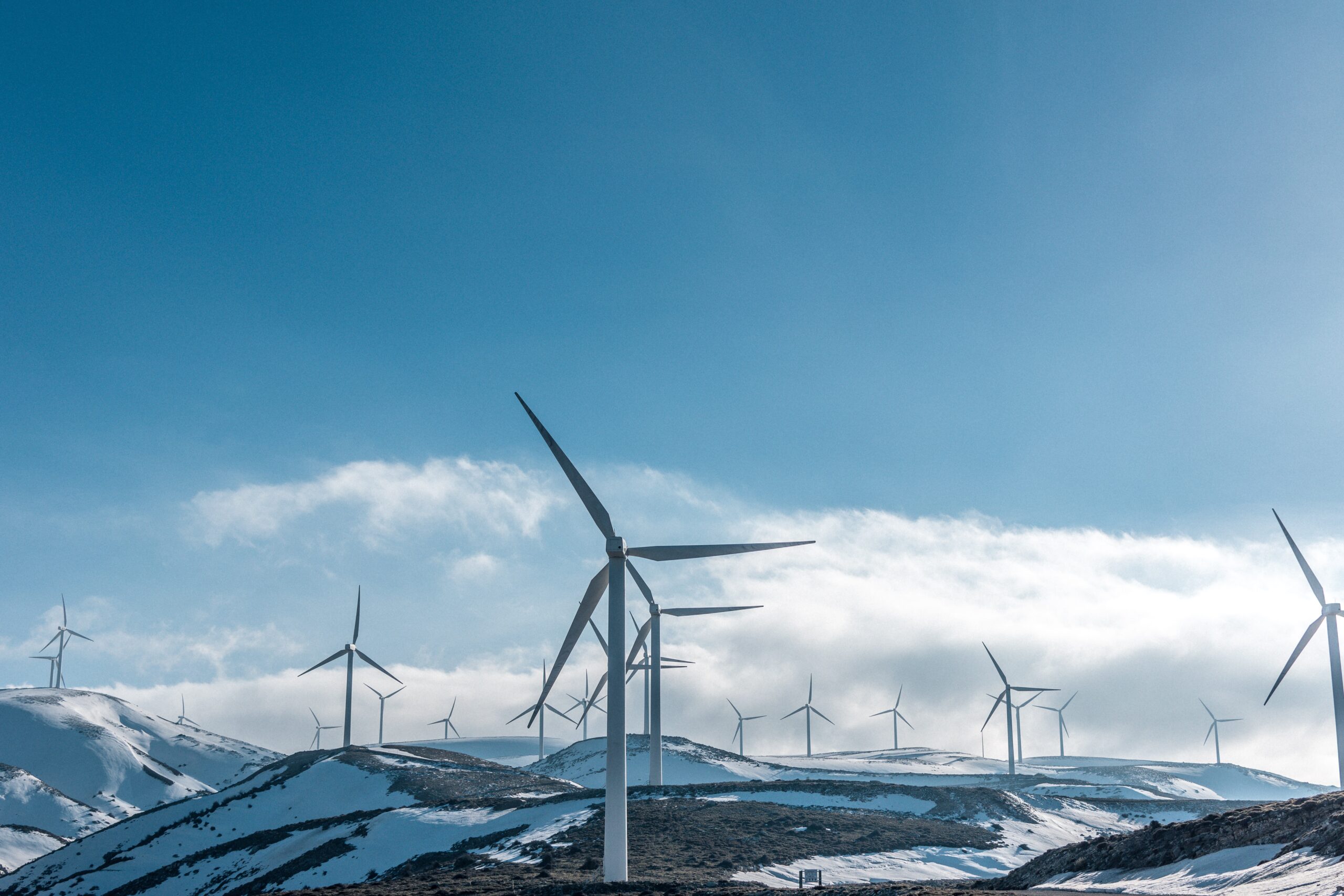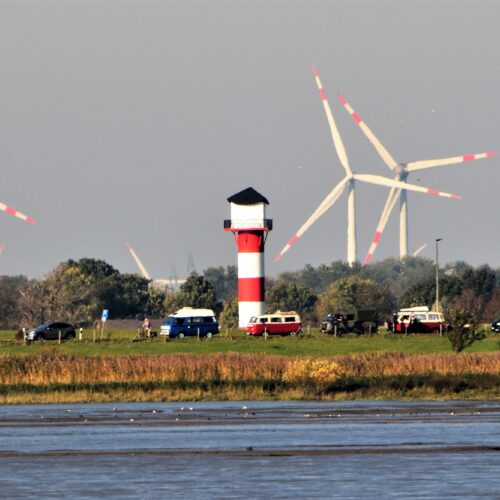To generate power naturally, modern technology has discovered the use of wind turbines. This is a large wheel driven by kinetic energy utilized from wind which can help produce electricity. Currently, this is the energy resource with the returns or gains in the output of its power. In 21st century, there is an increase use of wind turbines and creation of more wind farms, and actually it has tripled its growth since 2008.
Wind farm or wind park is a group of wind turbines located together to produce electrical energy. Amazing, right? However, the hugeness of the wind turbine is essential why it can create a great amount of energy that it will really result to another form of useful energy – electricity!
Components
The tower determines the overall support for its whole body. The panels designed to catch wind are rotor blades, this turns the wind into power. The nacelle, on the other hand, is located inside the turbine which causes the motion of the blades. Among the parts of the nacelle which is the powerhouse are the generators, gearboxes and the transformers.
Wind turbines are bigger than a normal person thought they are. The size varies! Wind turbines range in size from the micro turbines to the massive power production facilities. For large turbines, the blades can reach over 50 m long that means the rotor diameter reaches up to 100 m long. Just imagine the length of a soccer field, and even more than that!
The commercial ones commonly are placed on 100 m towers. Thus, the tip of those turbine blades can reach up to 160 m that is 525 ft up in the air! The smaller kinds of turbines have their rotor diameter up to 15 m that is 50 ft. Thus, it can be placed on 30 m up to 50 m high towers.
If it is bigger, is it more efficient?
Consequently, it is not. The efficiency depends on the output production and similarly, output does depend on the wind speed. Not only that wind speed shall be combined with the diameter of the blade used coupled with the size of the . With greater wind, bigger blades and a higher tower, a bigger generator of electrical energy results. However, this is not the case for smaller models. It is because a greater area is required of them.
What is the requirement area for wind turbines?
To avoid unnecessary interference for extremely large turbines, of course, a larger area is necessary. It requires 10 rotor diameters of space with regard to the wind’s direction, and 3 more diameters for the rest of the direction. With several turbines lining up having a right angle as against the direction of the wind i.e., the G.E MW model requires a minimum of 32 acres, while the Vestas v90, it requires 78 acres for each.
The real truth is the area used actually varies. However, on mountain ridges because of its geological feature is a chain of mountains that has elevated crest creating some distance, the turbines are compressed in area size.
What is the usual weight of wind turbines?
For a GE 1.5 megawatt sized model for example, if you consider the nacelle alone it already weighs 56 tons and more. The blade itself is 36 tons and more. In addition, the tower is about 71 tons. These if summed up is a total of 164 tons. This if converted to kg for your imagination is 148,778kg! That must be very heavy!
These massive turbines are made up of sturdy materials. Find out what are they.
For the tower, the most used metal is steel and other components. But, one ingredient which is noteworthy to mention is the copper-clad steel. This is a cost-efficient alternative than copper –based grounding systems. In the present, copper-clad steel is the newly developed practical solution compared to the copper which is much less economical. This is a combination of copper through a cladding alongside with steel to produce a recommendable performance.
On the other hand, the rotor blades are mainly made up of polymers and ceramic fibers. While the nacelle, is made up of electrical wires.
Although wind turbines are very massive and such a huge investment and requires a huge large area for it to function, Wind energy emits the least amount of carbon dioxide. It is an environmentally-friendly approach to transform waste wind energy into electricity. In addition, it produces minimal amount of other greenhouse gases. For the payback ratio, it ranks the third highest. Therefore, wind energy is one of the most efficient source of energy, and is very significant in providing the needs of the modern people. Big and enormous sizes of wind turbines result to big and effective returns for humanity.




